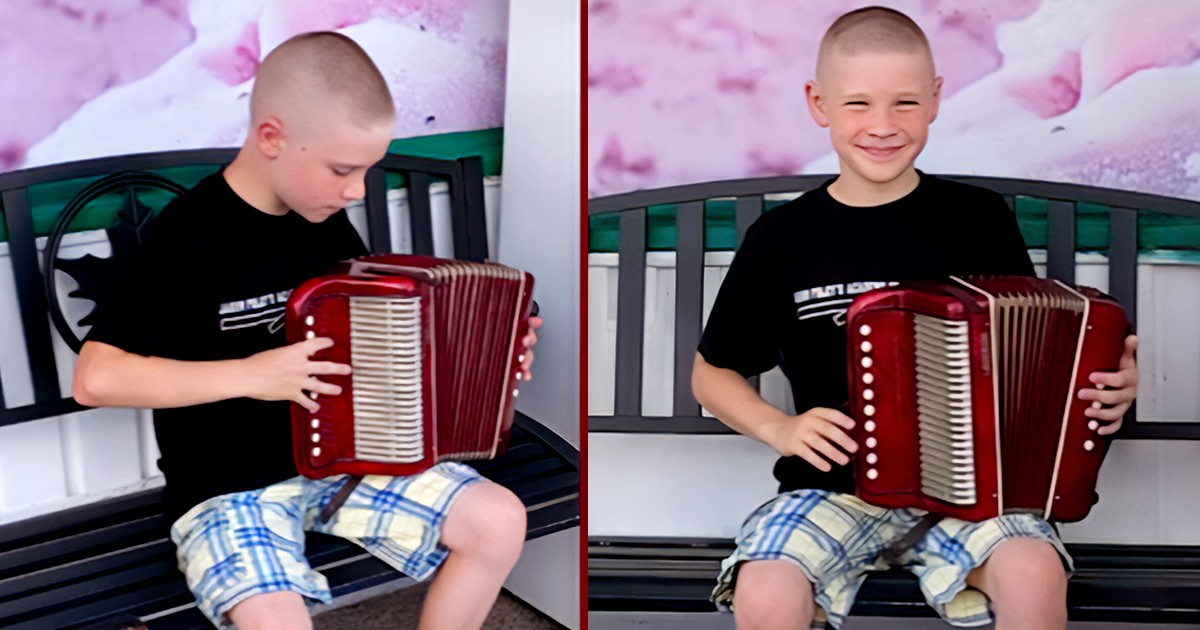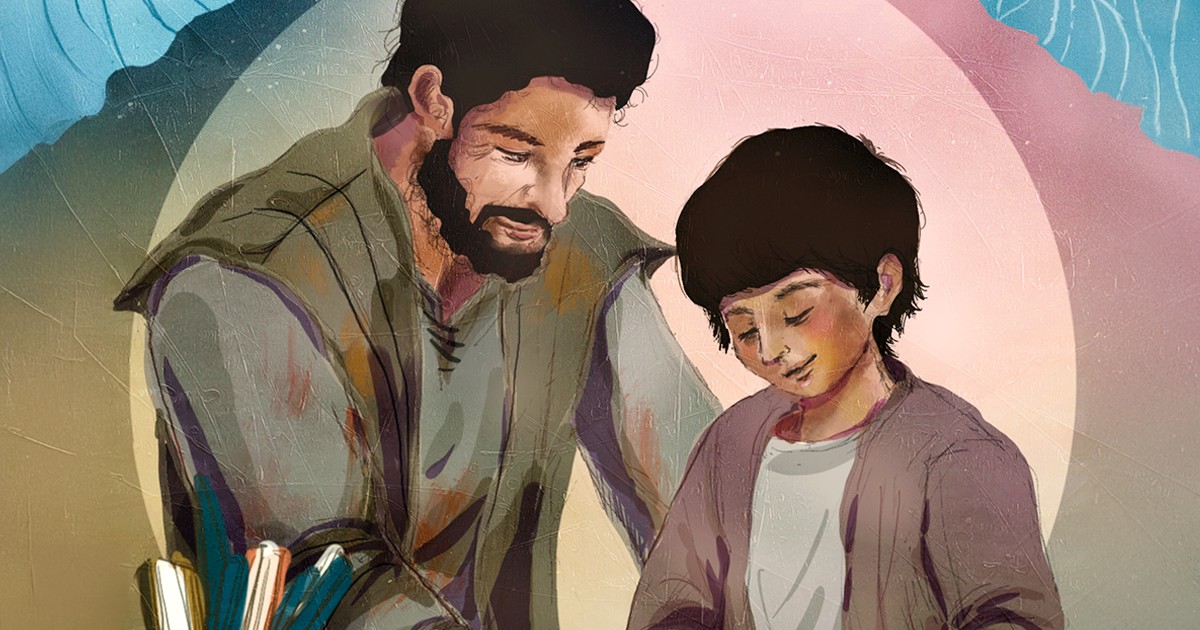"It’s not the destination, it’s the journey that matters.” There is some truth to this statement. But without a destination, a walk can seem more like wandering than a journey. Without the Stanley Cup, November’s games hold little meaning. With Palm Sunday, the church comes to the destination, the goal of Jesus’ journey.
Luke’s Gospel takes us on the journey of Jesus to Palm Sunday, a journey shaped by peace. At his birth, the heavenly host sings its praise for “God in the highest heaven, and on earth peace” (Luke 2:14, all references NRSV). Years later the child born in a manger begins his public ministry in Galilee. He teaches with parabolic words and actions; he heals body, mind and community; he practises hospitality with the excluded; and the Saviour forms a company of disciples.
This ministry evokes both praise and opposition. A turning point is reached: “When the days drew near for him to be taken up, he set his face to go to Jerusalem” (Luke 9:51). From this moment on, the destination is fixed, the goal is set and Jesus intentionally sets out toward that goal. Finally, he arrives at the city and the day we call Palm Sunday (see Luke 19:28-42).
Jesus’ entry into Jerusalem is rich in symbolism, interpreted by his religious tradition. He instructs two of his disciples to locate “a colt that has never been ridden” (Luke 19:30). This request has in mind the refrain of Zechariah: “Rejoice greatly, O daughter Zion! … Lo, your king comes to you … humble and riding on a donkey, on a colt, the foal of a donkey” (Zechariah 9:9). Through this symbolic act, Jesus demonstrates the kind of kingship he exercises—one of humility.
As Jesus enters the city, crowds line the route. They place cloaks before his path as a gesture of acclaim; voices shout praise for “deeds of power that they had seen” (Luke 19:37). Leading up to this moment, Jesus had healed lepers, raised the son of a widow from the dead, given life to the daughter of Jairus, delivered Legion of his tormented mind, calmed raging waves of the sea, straightened the back of a crippled woman, and more. His acts of healing were often accompanied by the blessing, “Go in peace” (Luke 7:50; 8:48). Thus, Jesus enters Jerusalem to the sounds of praise: “Blessed is the king who comes in the name of the Lord! Peace in heaven, and glory in the highest heaven!” (Luke 19:38).
However, not all voices spread garments of praise along the road. Some—not all—of the Pharisees object: “Teacher, order your disciples to stop” (Luke 19:39). Were their objections voiced out of fear for Roman policing? Were they voiced in protest of the theological implications of attributing such praise to this Nazarene on a donkey? Luke’s Gospel doesn’t say. But the Teacher responds: “I tell you, if these were silent, the stones would shout out” (Luke 19:40). Nothing further is heard from the voices of opposition—for now.
As Jesus “came near and saw the city, he wept over it” (Luke 19:41). What is important, for Luke’s Gospel, is not what the crowd or Pharisees saw, but what Jesus sees. And he sees the city of peace—the city of shalom—that does not know “the things that make for peace” (Luke 19:42). Jerusalem doesn’t perceive the things that make for its peace, health, prosperity and life. And so the person whose birth anticipated peace now weeps over the city that doesn’t understand “the things that make for peace.”
As Jesus comes near and sees the cities of our nation—from Prince George, B.C., to Iqaluit, Nunavut, to St. John’s, N.L., and everywhere in between—what does he do? Surely Jesus weeps, knowing that:
Major Ray Harris is a retired Salvation Army officer. He attends Heritage Park Temple in Winnipeg.
Feature photo: © Image 1:27/Lightstock.com
Luke’s Gospel takes us on the journey of Jesus to Palm Sunday, a journey shaped by peace. At his birth, the heavenly host sings its praise for “God in the highest heaven, and on earth peace” (Luke 2:14, all references NRSV). Years later the child born in a manger begins his public ministry in Galilee. He teaches with parabolic words and actions; he heals body, mind and community; he practises hospitality with the excluded; and the Saviour forms a company of disciples.
This ministry evokes both praise and opposition. A turning point is reached: “When the days drew near for him to be taken up, he set his face to go to Jerusalem” (Luke 9:51). From this moment on, the destination is fixed, the goal is set and Jesus intentionally sets out toward that goal. Finally, he arrives at the city and the day we call Palm Sunday (see Luke 19:28-42).
Jesus’ entry into Jerusalem is rich in symbolism, interpreted by his religious tradition. He instructs two of his disciples to locate “a colt that has never been ridden” (Luke 19:30). This request has in mind the refrain of Zechariah: “Rejoice greatly, O daughter Zion! … Lo, your king comes to you … humble and riding on a donkey, on a colt, the foal of a donkey” (Zechariah 9:9). Through this symbolic act, Jesus demonstrates the kind of kingship he exercises—one of humility.
As Jesus enters the city, crowds line the route. They place cloaks before his path as a gesture of acclaim; voices shout praise for “deeds of power that they had seen” (Luke 19:37). Leading up to this moment, Jesus had healed lepers, raised the son of a widow from the dead, given life to the daughter of Jairus, delivered Legion of his tormented mind, calmed raging waves of the sea, straightened the back of a crippled woman, and more. His acts of healing were often accompanied by the blessing, “Go in peace” (Luke 7:50; 8:48). Thus, Jesus enters Jerusalem to the sounds of praise: “Blessed is the king who comes in the name of the Lord! Peace in heaven, and glory in the highest heaven!” (Luke 19:38).
However, not all voices spread garments of praise along the road. Some—not all—of the Pharisees object: “Teacher, order your disciples to stop” (Luke 19:39). Were their objections voiced out of fear for Roman policing? Were they voiced in protest of the theological implications of attributing such praise to this Nazarene on a donkey? Luke’s Gospel doesn’t say. But the Teacher responds: “I tell you, if these were silent, the stones would shout out” (Luke 19:40). Nothing further is heard from the voices of opposition—for now.
As Jesus “came near and saw the city, he wept over it” (Luke 19:41). What is important, for Luke’s Gospel, is not what the crowd or Pharisees saw, but what Jesus sees. And he sees the city of peace—the city of shalom—that does not know “the things that make for peace” (Luke 19:42). Jerusalem doesn’t perceive the things that make for its peace, health, prosperity and life. And so the person whose birth anticipated peace now weeps over the city that doesn’t understand “the things that make for peace.”
As Jesus comes near and sees the cities of our nation—from Prince George, B.C., to Iqaluit, Nunavut, to St. John’s, N.L., and everywhere in between—what does he do? Surely Jesus weeps, knowing that:
- the bodies of Indigenous teens are thrown into our rivers;
- women experience violence in our homes, entertainment industry and public institutions;
- the greed of CEOs and shareholders can shut down major retailers;
- officials of sport organizations refuse to see the evidence of the impact of repeated injuries on athletes’ brains;
- parents eat meals, glued to their smartphones, while their children sit and wonder; and
- symbols of hate are scrawled on the walls of mosques and synagogues.
Major Ray Harris is a retired Salvation Army officer. He attends Heritage Park Temple in Winnipeg.
Feature photo: © Image 1:27/Lightstock.com










Leave a Comment